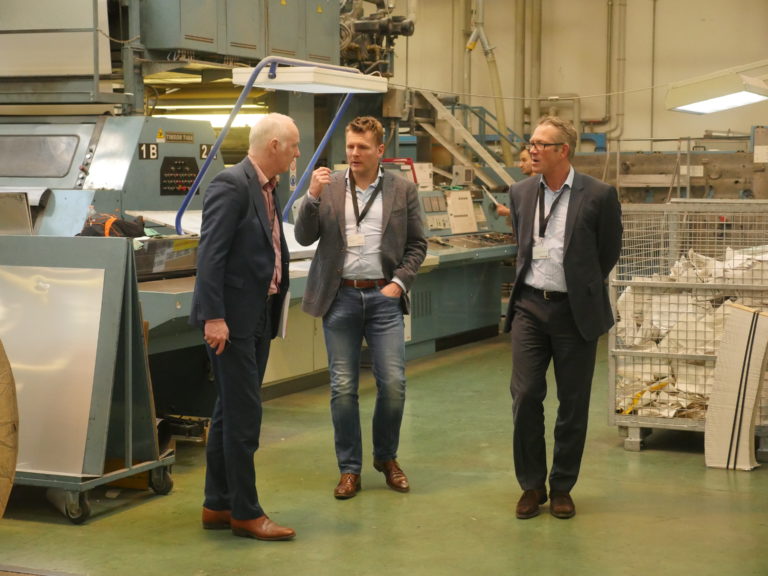We’ve already talked about the environmental advantages of transactional-promotional documents and digital packaging, so now it’s time to shine some light on yet another application: Books and Manuals.

In the trade book segment alone today, about 2.3 billion trade books are sold each year in the U.S., accounting for about 500 billion offset pages. That is beginning to change, however. In my previous post about how monochrome continuous feed printers are supporting a shift in the books industry, I mentioned the number of digitally printed book pages in the United States will grow from about 80 billion in 2008 to more than 140 billion in 2015, including about 20 billion new color pages.
Environmental Advantages
Digital printing offers the potential to eliminate the traditional book publishing supply chain’s wasteful practices of returning and destroying unsold books. In-store book manufacturing solutions also eliminate transportation energy expenditures from the supply chain, potentially optimizing environmental sustainability in book manufacturing. Xerox is a member of the Book Industry Environmental Council, which is trying to green book publishing. Here’s a closer look at the specific environmental advantages of digital book manufacturing:
-
On-demand production—Printing to fulfill orders eliminates tremendous amounts of costly waste. Rather than making educated guesses about how many books to print, POD enables books to be printed after they’re ordered. Roughly 30 to 40% percent of books produced in traditional processes are destroyed or returned. Thus, energy and cost associated with returning books can also be eliminated.
Distribute-then-print—Minimize cost and environmental impact for physical distribution. Today, small-footprint book production systems like the Espresso Book Machine can be found in stores and libraries, expanding the number of available titles in a location, and eliminating all waste and distribution from the supply chain, resulting in significant cost savings and revenue opportunities. Other distribute-and-print solutions include having production systems in warehouses and networks of regional printers, for producing books nearest the point of need.
Electronic job ordering and submission; paperless workflow and soft proofing—These processes reduce paper usage, and associated costs, while boosting efficiency.
Green paper choices—Offer recycled paper or paper with chain-of-custody certification designating it has been produced in a supply chain that promotes responsible forestry practices from harvesting to packaging. Some customers are willing to pay extra to include a chain-of-custody logo on their printed books.



Really you told us good use of papers and it’s quite useful tips.
Now this days we’ve seen electronic jobs are booming out, these process are reducing paper usage and associated cost efficiency.